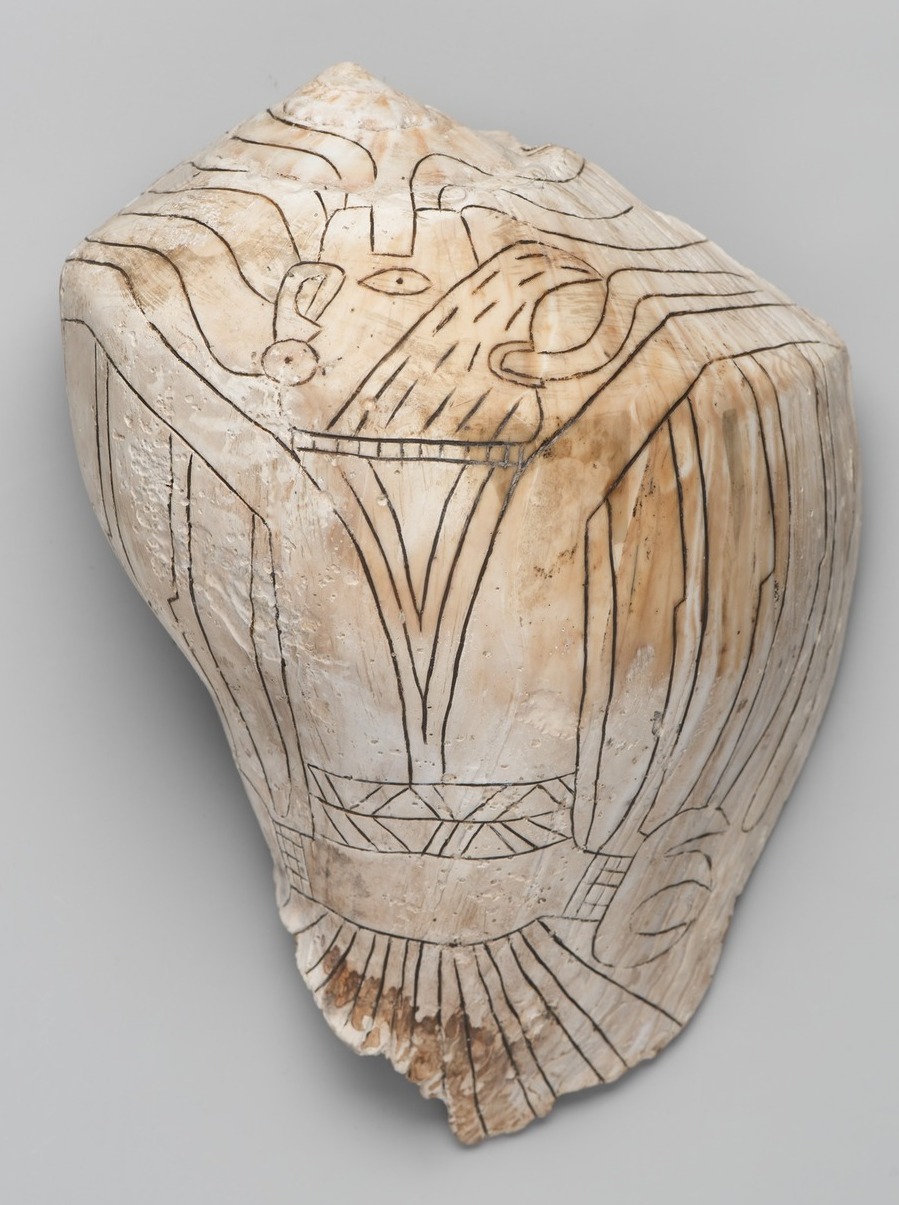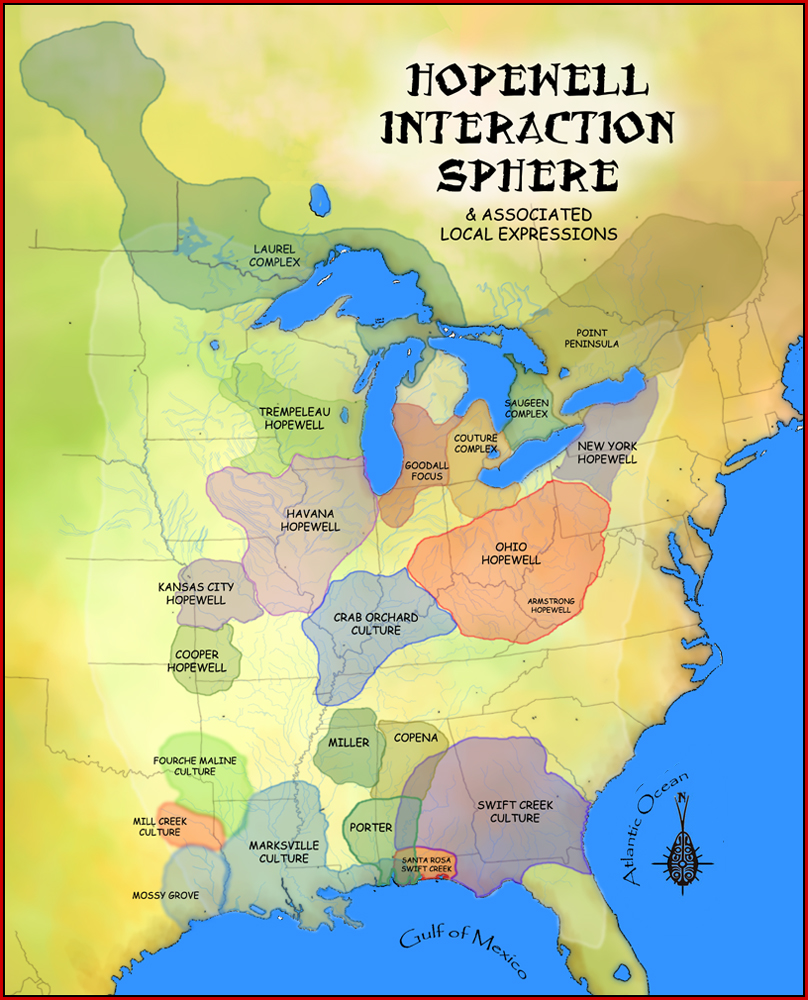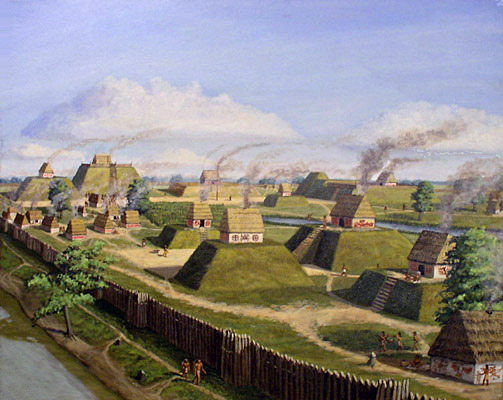|
History Of Oklahoma
The history of Oklahoma refers to the history of the state of Oklahoma and the land that the state now occupies. Areas of Oklahoma east of its Oklahoma Panhandle, panhandle were acquired in the Louisiana Purchase of 1803, while the Oklahoma Panhandle, Panhandle was not acquired until the U.S. land acquisitions following the Mexican–American War (1846–1848). Most of Oklahoma was set aside as Indian Territory, with the general borders of the Indian Territory being formed in 1834 from the Nonintercourse Act, Indian Intercourse Act. It was opened for general settlement in 1889. The "Sooners" were settlers who arrived before this period of official authorization. From 1890 to 1907 Oklahoma split into two territories known as Oklahoma Territory in the west and Indian Territory in the east. Oklahoma became the 46th state to enter the union on November 16, 1907. Early on in Oklahoma's statehood, it was primarily a ranching and farming state, with Oil in Oklahoma, oil being a major ec ... [...More Info...] [...Related Items...] OR: [Wikipedia] [Google] [Baidu] |
Woods County, Oklahoma
Woods County is a County (United States), county located in the northwestern part of the U.S. state of Oklahoma. As of the 2020 United States census, 2020 census, the population was 8,624. Its county seat is Alva, Oklahoma, Alva. The county is named after Samuel Newitt Wood, a renowned Kansas populist.Reichenberger, Donovan"Woods County,"''Encyclopedia of Oklahoma History and Culture'', Oklahoma Historical Society, 2009. Accessed April 5, 2015. History The Burnham site in Woods County is a Clovis culture#Evidence of human habitation before Clovis, pre-Clovis site, that is, an archaeological site dating before 11,000 years ago. The region of Woods County, Oklahoma, was home to the Antelope Creek Phase of Southern Plains Villagers, a precontact culture of Native Americans in the United States, Native Americans, who are related to the Wichita and Affiliated Tribes. An early European explorer of the area now contained within Woods County was George C. Sibley, who traveled through i ... [...More Info...] [...Related Items...] OR: [Wikipedia] [Google] [Baidu] |
Arkansas River
The Arkansas River is a major tributary of the Mississippi River. It generally flows to the east and southeast as it traverses the U.S. states of Colorado, Kansas, Oklahoma, and Arkansas. The river's source basin lies in Colorado, specifically the Arkansas River Valley. The headwaters derive from the snowpack in the Sawatch Range, Sawatch and Mosquito Range, Mosquito mountain ranges. It flows east into Kansas and finally through Oklahoma and Arkansas, where it meets the Mississippi River. At , it is the sixth-longest river in the United States, the second-longest tributary in the Mississippi–Missouri River, Missouri system, and the List of river systems by length, 47th longest river in the world. Its origin is in the Rocky Mountains in Lake County, Colorado, near Leadville, Colorado, Leadville. In 1859, Placer mining, placer gold discovered in the Leadville area brought thousands seeking to strike it rich, but the easily recovered placer gold was quickly exhausted. The Arkansa ... [...More Info...] [...Related Items...] OR: [Wikipedia] [Google] [Baidu] |
Spiro Mounds
Spiro Mounds (Smithsonian trinomial, 34 LF 40) is an Indigenous archaeological site located in present-day eastern Oklahoma. The site was built by people from the Arkansas Valley Caddoan culture. that remains from an Native Americans in the United States, American Indian culture that was part of the major northern Caddoan Mississippian culture, Caddoan Mississippian culture, Mississippian culture. The 80-acre site is located within a floodplain on the southern side of the Arkansas River. The modern town of Spiro, Oklahoma, Spiro developed approximately seven miles to the south. Between the 9th and 15th centuries, the local Indigenous people created a religious and political center, culturally linked to the Southeastern Ceremonial Complex identified by anthropologists as the Mississippian Ideological Interaction Sphere (MIIS). Spiro was a major western outpost of Mississippian culture which dominated the Mississippi Valley and its tributaries for centuries. In the 1930s during ... [...More Info...] [...Related Items...] OR: [Wikipedia] [Google] [Baidu] |
Plaza
A town square (or public square, urban square, city square or simply square), also called a plaza or piazza, is an open public space commonly found in the heart of a traditional town or city, and which is used for community gatherings. Related concepts are the civic center, the market square and the village green. Most squares are hardscapes suitable for open markets, concerts, political rallies, and other events that require firm ground. They are not necessarily a true geometric square. Being centrally located, town squares are usually surrounded by small shops such as bakeries, meat markets, cheese stores, and clothing stores. At their center is often a well, monument, statue or other feature. Those with fountains are sometimes called fountain squares. The term "town square" (especially via the term "public square") is synonymous with the politics of many cultures, and the names of a certain town squares, such as the Euromaidan or Red Square, have become symbolic o ... [...More Info...] [...Related Items...] OR: [Wikipedia] [Google] [Baidu] |
Fourche Maline Culture
The Fourche Maline culture (pronounced foosh-ma-lean) was a Woodland Period Native American culture that existed from 300 BCE to 800 CE,"The McCutcheon-McLaughlin Site." Oklahoma Archeological Survey. November 15, 2016. in what are now defined as southeastern , southwestern , northwestern , and northeastern . T ... [...More Info...] [...Related Items...] OR: [Wikipedia] [Google] [Baidu] |
Woodland Period
In the classification of :category:Archaeological cultures of North America, archaeological cultures of North America, the Woodland period of North American pre-Columbian cultures spanned a period from roughly 1000 BC to European contact in the eastern part of North America, with some archaeologists distinguishing the Mississippian period, from 1000 AD to European contact as a separate period. The term "Woodland Period" was introduced in the 1930s as a generic term for prehistoric, prehistoric sites falling between the Archaic period in the Americas, Archaic hunter-gatherers and the agriculturalist Mississippian cultures. The Eastern Woodlands cultural region covers what is now eastern Canada south of the Subarctic region, the Eastern United States, along to the Gulf of Mexico. This period is variously considered a developmental stage, a time period, a suite of technological adaptations or "traits", and a "family tree" of cultures related to earlier Archaic cultures. ... [...More Info...] [...Related Items...] OR: [Wikipedia] [Google] [Baidu] |
Caddoan Mississippian Culture
The Caddoan Mississippian culture was a prehistoric Native American culture considered by archaeologists as a variant of the Mississippian culture. The Caddoan Mississippians covered a large territory, including what is now Eastern Oklahoma, Western Arkansas, Northeast Texas, Southwest Missouri and Northwest Louisiana of the United States. Archaeological evidence has established that the cultural continuity is unbroken from prehistory to the present. The speakers of Caddo and related Caddoan languages in prehistoric times and at first European contact have been proved to be the direct ancestors of the modern Caddo Nation of Oklahoma. Description Development The Caddoan Mississippians are thought to be descendants of Woodland period groups, the Fourche Maline culture and Mossy Grove culture peoples who were living in the area around 200 BCE to 800 CE. They were linked to other peoples across much of the Eastern Woodlands through expansive trade networks. During this time per ... [...More Info...] [...Related Items...] OR: [Wikipedia] [Google] [Baidu] |
Platform Mound
A platform mound is any earthwork or mound intended to support a structure or activity. It typically refers to a flat-topped mound, whose sides may be pyramidal. In Eastern North America The indigenous peoples of North America built substructure mounds for well over a thousand years, starting in the Archaic period and continuing through the Woodland period. Many different archaeological cultures ( Poverty Point culture, Troyville culture, Coles Creek culture, Plaquemine culture and Mississippian culture) of North Americas Eastern Woodlands are specifically well known for using platform mounds as a central aspect of their overarching religious practices and beliefs. These platform mounds are usually four-sided truncated pyramids, steeply sided, with steps built of wooden logs ascending one side of the earthworks. When Europeans first arrived in North America, the peoples of the Mississippian culture were still using and building platform mounds. Documented uses for Mi ... [...More Info...] [...Related Items...] OR: [Wikipedia] [Google] [Baidu] |
Mississippian Culture
The Mississippian culture was a collection of Native American societies that flourished in what is now the Midwestern, Eastern, and Southeastern United States from approximately 800 to 1600 CE, varying regionally. It was known for building large, earthen platform mounds, and often other shaped mounds as well. It was composed of a series of urban settlements and satellite villages linked together by loose trading networks. The largest city was Cahokia, believed to be a major religious center, located in what is present-day southern Illinois. The Mississippian way of life began to develop in the Mississippi River Valley (for which it is named). Cultures in the tributary Tennessee River Valley may have also begun to develop Mississippian characteristics at this point. Almost all dated Mississippian sites predate 1539–1540 (when Hernando de Soto explored the area), with notable exceptions being Natchez communities. These maintained Mississippian cultural practices into the 1 ... [...More Info...] [...Related Items...] OR: [Wikipedia] [Google] [Baidu] |
Caddoan Langs
The Caddoan languages are a family of languages native to the Great Plains spoken by tribal groups of the central United States, from present-day North Dakota south to Oklahoma. All Caddoan languages are critically endangered, as the number of speakers has declined markedly due to colonial legacy, lack of support, and other factors. Family division Five languages belong to the Caddoan language family: * Caddoan languages ** Caddo (2 speakers) ** Northern Caddoan *** Wichita *** Pawnee–Kitsai **** Kitsai **** Pawnee–Arikara ***** Pawnee (10 speakers) ***** Arikara (10 speakers) Kitsai and Wichita have no speakers left. Kitsai stopped being spoken in the 19th century when its members were absorbed into the Wichita tribe. Wichita stopped being spoken in 2016, when the last native speaker of Wichita, Doris McLemore (who left recordings and language materials), died. All of the remaining Caddoan languages spoken today are severely endangered. As of 2007, both the Pawnee ... [...More Info...] [...Related Items...] OR: [Wikipedia] [Google] [Baidu] |
Harper County, Oklahoma
Harper County is a county located in the U.S. state of Oklahoma. As of the 2020 census, the population was 3,272, making it the third-least populous county in Oklahoma. The county seat is Buffalo. It was created in 1907 from the northwestern part of Woodward County, and named for Oscar Green Harper, who was clerk of the Oklahoma Constitutional Convention.Richter, Sara Jane and Tom Lewis"Harper County,"''Encyclopedia of Oklahoma History and Culture'', Oklahoma Historical Society, 2009. Accessed April 4, 2015. History During the late 19th century, the area now known as Harper County was part of the Cherokee Outlet, reserved for use by the Cherokee Nation by treaties in 1828 and 1835, The U.S. government opened the outlet for settlement by non-Indians in 1893. The area was divided into counties after the formation of what is now the state of Oklahoma. Harper County was created in 1907. It was named for Oscar Green Harper, who was a local resident, school teacher, and served as ... [...More Info...] [...Related Items...] OR: [Wikipedia] [Google] [Baidu] |







